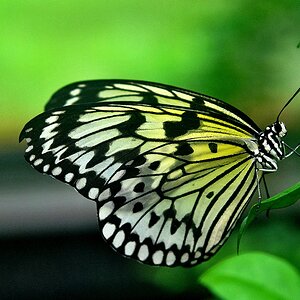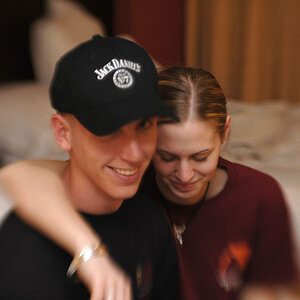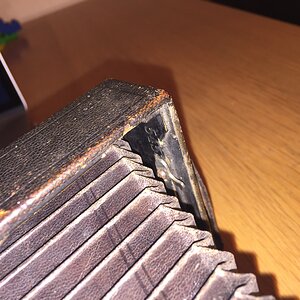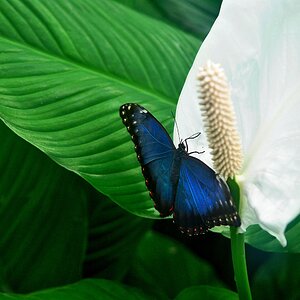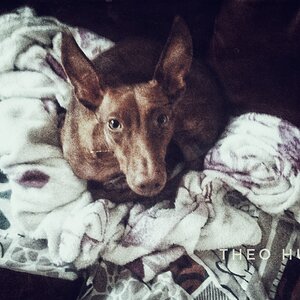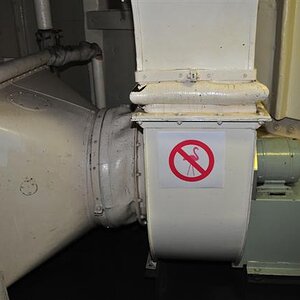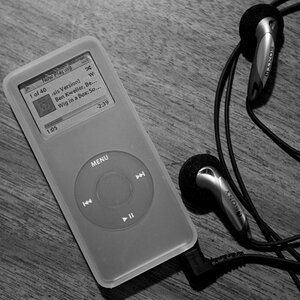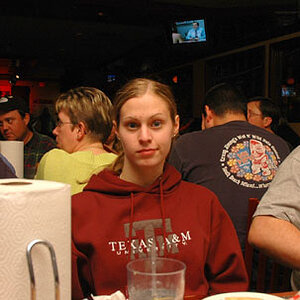JerryPH
No longer a newbie, moving up!
- Joined
- Oct 14, 2007
- Messages
- 6,111
- Reaction score
- 15
- Location
- Montreal, QC, Canada
- Can others edit my Photos
- Photos NOT OK to edit
It is brighter over a larger area, but a little harsher too. Diminished apparent size of the light is the reason for that.One question, does the bounced umbrella vs shoot through just spread the light more?
One is white and "see-though" a bit. That is shoot through. One is white or white/silver on the underside and black on the outside. That's the bounce umbrella. The number of people, the distance from umbrella to subject and the kind/power of the lighting in the stand with the umbrella all pretty much decides which one to use under any given circumstance.I just didn't really know the difference was that much.
The tourists are the ones I was speaking of with the (car) horns and are mean as hell... lolThe tourists scare me more than the locals ever could :lmao:


 You know, I used to actually read FICTION books now and then!
You know, I used to actually read FICTION books now and then!
